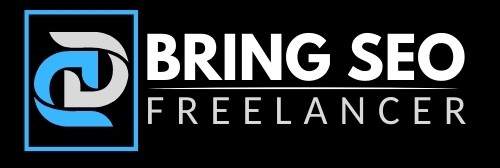Search Engine Optimization (SEO) copywriting refers to the practice of writing content that is optimized for search engines (Google, Bing, Duckduckgo, etc,. while also being engaging and relevant to human readers. It involves incorporating specific keywords, phrases, and other SEO elements into the content to improve its visibility in search engine results pages (SERPs).
The primary goal of SEO copywriting is to attract organic traffic to a website by ranking higher in search engine results. By strategically using relevant keywords and optimizing the content structure, SEO copywriters aim to improve a webpage’s visibility and increase its chances of being clicked on by search engine users.
SEO copywriting involves writing content that is not only engaging and informative for your audience but also optimized for search engines. Tips for effective SEO copywriting:
Conduct Keyword Research: Use tools such as Google Keyword Planner or SEMrush to identify the keywords and phrases that your target audience is searching for. Incorporate these keywords naturally throughout your content.
Write for Your Audience: While it’s essential to include keywords in your content, make sure that your writing is focused on your audience. Write content that is engaging, informative, and relevant to their needs.
Use Clear and Concise Headings: Use clear and concise headings to break up your content into digestible sections. Include your primary keywords in your headings to improve your rankings.
Optimize Your Meta Tags: Meta tags, including title tags and meta descriptions, play a crucial role in SEO. Write compelling and descriptive meta tags that include your primary keywords to improve your click-through rate.
Use Internal Linking: Internal linking helps to improve the user experience by providing your audience with additional relevant content. Additionally, it aids search engines in deciphering the layout of your website.
Use social media to your advantage by promoting your material there to broaden its audience and drive more people to your website. Social media also provides an opportunity for engagement with your audience.
Measure and Improve: Use analytics tools such as Google Analytics to track your website’s performance. Analyze your data to identify areas for improvement and make changes accordingly.


